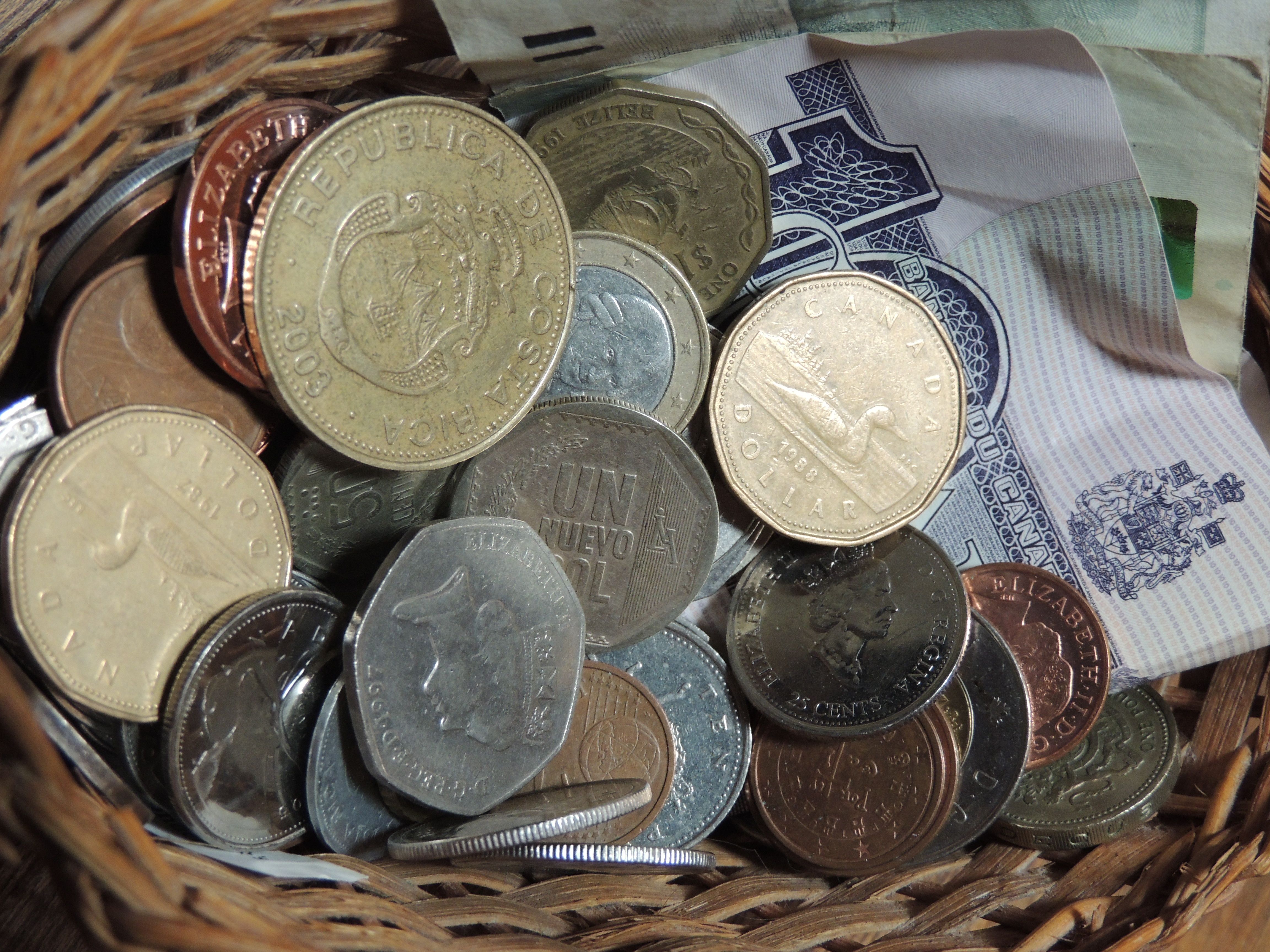3 Intraday f&o tips for Trading You Must Know
Intraday f&o tips for Trading You Must Know · 1. Stick to ATM or ITM Options · 2. Trade With Strict Targets and Stop Losses 3. Cover Your Options

Derivative contracts like futures and options allow investors to take advantage of fluctuations in asset prices, but they carry a higher level of risk than traditional equity investments. Here are some F&O trading ideas you may apply if you're interested in trading in such products to improve your odds of making money and mitigate the financial damage that could be done by market downturns.
1. Stick to ATM or ITM Options
There are three basic types of options contracts: those that are In The Money (ITM), those that are At The Money (ATM), and those that are Out Of The Money (OTM). Options in the money have strike prices that are less than (more than, in the case of puts) the current price of the underlying asset. Options with strike prices close to the current value of the underlying asset are called at-the-money. Options out of the money (OTM) have strike prices that are more than the current price of the underlying asset (or lesser in the case of put options).
Since they are the most liquid, trading in at-the-money and in-the-money options is always a good idea. However, the cost to purchase such alternatives is typically quite considerable. As a result, investors frequently choose OTM options, which have modest premiums. They can be difficult to square off your positions in, though, because they are often illiquid. Therefore, it is wise to only trade in at-the-money or in-the-money options.
2. Trade With Strict Targets and Stop Losses
This is one of the most important rules to go by when engaging in F&O trading. The price of a futures or options contract on an asset is very sensitive to the volatility of the asset itself. Furthermore, it might be risky to hold on to a stock for too long, whether it is gaining or losing value.
That's why hard profit objectives and stop losses are so important. Setting profit targets will help you get out of a trade after you've made a profit and prevent you from losing money if the market suddenly reverses direction. If the position doesn't move as planned, stop losses will significantly reduce your losses.
3. Cover Your Options
This is one another crucial F&O advice that you should learn. Naked options trading is the go-to method for most novice traders looking to boost their profits. When you trade options without also owning the underlying asset, you engage in naked options trading, also known as uncovered options trading. If the asset doesn't behave as expected, this might be an extremely dangerous strategy. Covered options can be useful in this situation. If you already own the underlying asset and want to reduce your exposure to risk, you can engage in covered options trading. Here's a case study to illustrate how covered options function in practise.
Let's pretend you believe the Reliance Industries share price will rise in the near future. That works out to Rs. 2,500 for 100 shares of the company. To hedge against potential losses, however, you decide to purchase put options with a strike price of Rs. 2,500. This effectively freezes the asset's price at the current level. If the share price of Reliance Industries drops below Rs. 2,500, you can now sell the shares by exercising the put option and doing so, greatly decreasing your loss. On the other hand, you can choose to let the options lapse if the share price rises as you anticipate.
Covered options trading, as contrast to naked options trading, can greatly mitigate risk.














.jpeg?updatedAt=1701266483633)





